Long-Term Impact of Nitrogen Fertilization on Corn Production, Soils and Nitrogen Cycling Processes in Minnesota
Study Author(s): Jeffrey Vetsch, Melissa Wilson, Fabián Fernández, Karina Fabrizzi, Daniel Kaiser, Yuxin Miao, Paulo Pagliari, Lindsay Pease, Carl Rosen, Albert Sims, Jeffrey Strock
Years of study: 2019 – 2022
Location(s): Crookston MN, Morris MN, Becker MN, Lamberton MN, Waseca MN, Rochester MN.
Important: for the complete report, including all tables and figures, please download using the links to the right.
Summary
Overall, the 2023 growing season was drier than the 30-yr normal with precipitation ranging from 1 to 7.3 inches below normal, except at Lamberton where precipitation was 1.3 inches above normal (Table 2). The dry conditions in general resulted in a mediocre growing season for corn and soybean production. In April, most of the locations were wetter than normal except for Morris and Rochester that were below normal. May was drier than normal for all locations except Lamberton and Waseca that had 3.5 to 2 inches above normal precipitation. These wet conditions might have induced residual N loss. June through August was drier than normal at most of the locations. Some locations, like Morris and Becker received greater precipitation than normal later in the growing season (September-October). Around the third week of July there was hail damage reported for our studies in Becker, and Rochester. In that same week there was substantial wind damage in Morris.
